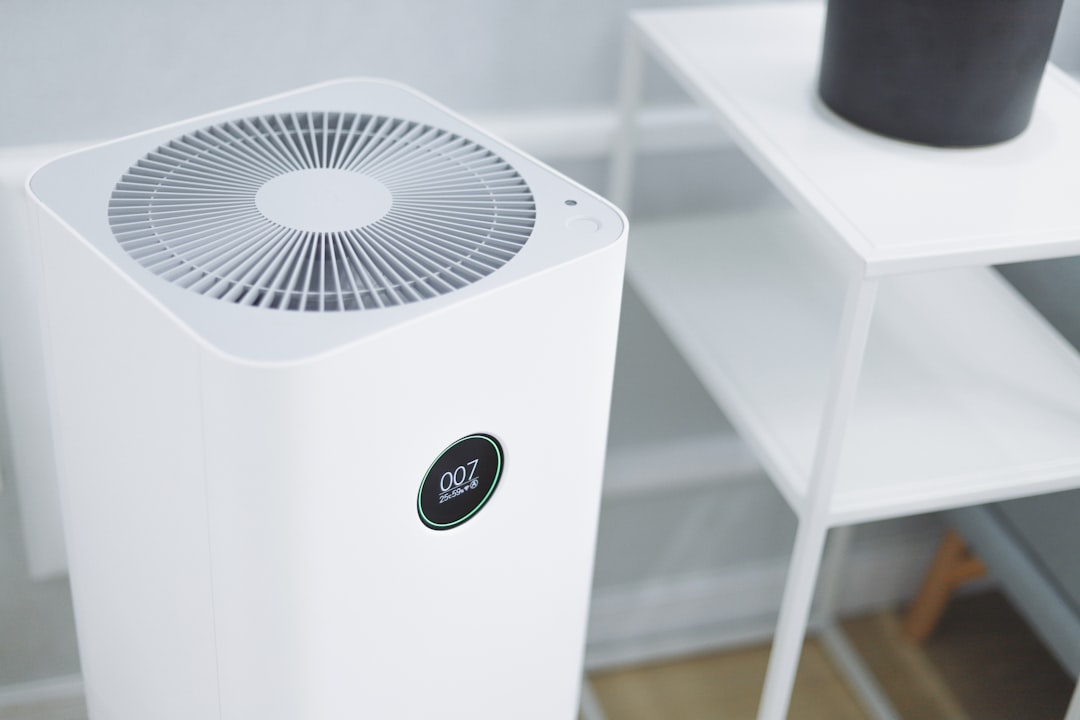
In recent years, there has been an alarming increase in the emergence of airborne infectious diseases. As a result, it is becoming increasingly important for us to find ways to control and prevent these diseases. There are a number of strategies that have been proposed, and it is necessary to evaluate them all rigorously on their merits in order to create the best possible plan for controlling the spread of all current and future potential airborne pathogens and viruses. If you want to learn how to protect yourself and your family, keep reading to find out about some of our most widely used airborne infectious disease control strategies.
What are the best airborne infectious disease control solutions?

When it comes to protecting members of your household from airborne contaminants, including viruses, your first line of defense is typically your HVAC system. Your system can only keep you safe if it’s in good working order though. Don’t forget to change your filter on a monthly basis and have the unit inspected biannually. If you suspect that something might be wrong, call an HVAC professional immediately to repair whatever is wrong with the system. Look for a business with stellar reviews from satisfied customers and a reputation for quality work like this one focused on AC repair Melbourne, FL.
You should also look into GUV lighting if you want to improve your indoor hygiene even further. GUV lighting is an ultraviolet (UV) light that is used to kill germs and bacteria. It is a type of germicidal irradiation, which is a form of sterilization. When used in conjunction with traditional cleaning methods, GUV lighting can help to prevent the spread of airborne disease. There is a lot of research that has supported the effectiveness of GUV lighting as a method for disease prevention. It is also a relatively low-cost way to disinfect a space.
These strategies are focused on environmental containment, but infectious disease protocols also need to account for how to best care for infected individuals. Above all else, stay home and avoid contact with other people as much as possible. If you are feeling sick, cover your nose and mouth when you sneeze or cough, and wash your hands often. Wearing a face mask if you are going to be around other people can also reduce the likelihood of spreading an airborne disease.
How can you safeguard your indoor air quality during the COVID-19 pandemic?

There is a lot of concern about the potential for airborne transmission of Covid-19, and for good reason. The SARS-CoV-2 virus that causes COVID-19 is believed to be able to spread through the air to some degree, though scientists disagree on how prevalent airborne spread is since virus particles only live in the air for about three hours. This means that there is a real risk of airborne transmission of COVID-19 in enclosed spaces like your home.
If you’re looking for ways you can improve the quality of your indoor air, there are several simple lifestyle adjustments that can keep your home a little cleaner. Proper indoor hygiene is key, you should be vacuuming at least once or twice a week using a model that has a HEPA filter. Laundering items that trap dust and allergens like your bedding should be done frequently. You should also consider investing in an air purifier or air cleaner, as recommended by the CDC as a way to ventilate your home.
The current pandemic is a reminder of just how essential it is to make an effort to protect your indoor air quality. With so many people in close quarters, it’s easy for germs to spread and for the air quality to deteriorate. This can lead to elevated rates of illness and can make it more difficult for people who are already sick to recover. Air quality and ventilation are only one part of a comprehensive strategy for managing a potential future infectious disease that spreads more easily through the air than COVID-19 has been able to so far. Affordable and accessible tools like GUV lighting, air cleaners, and face masks can go a long way towards keeping you and your family safe.

